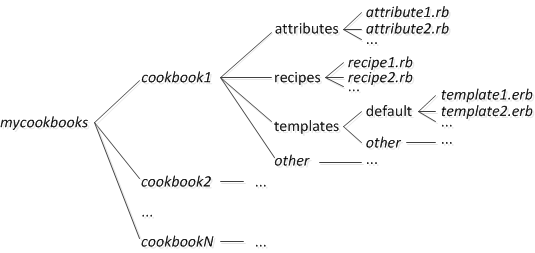- 7+ years experience
- Linux and Databases administrator
- Web and Mobile developer (Ruby, Java, JavaScript, Objective-C, C/C++, Golang)
- Open-Source developer
- rwprecise64
- webp-ffi
- MongodbLogger for Rails
- Piro - Chrome extension for PivotalTracker
- SMTRails and SHTRails (shared templates for rails)
















